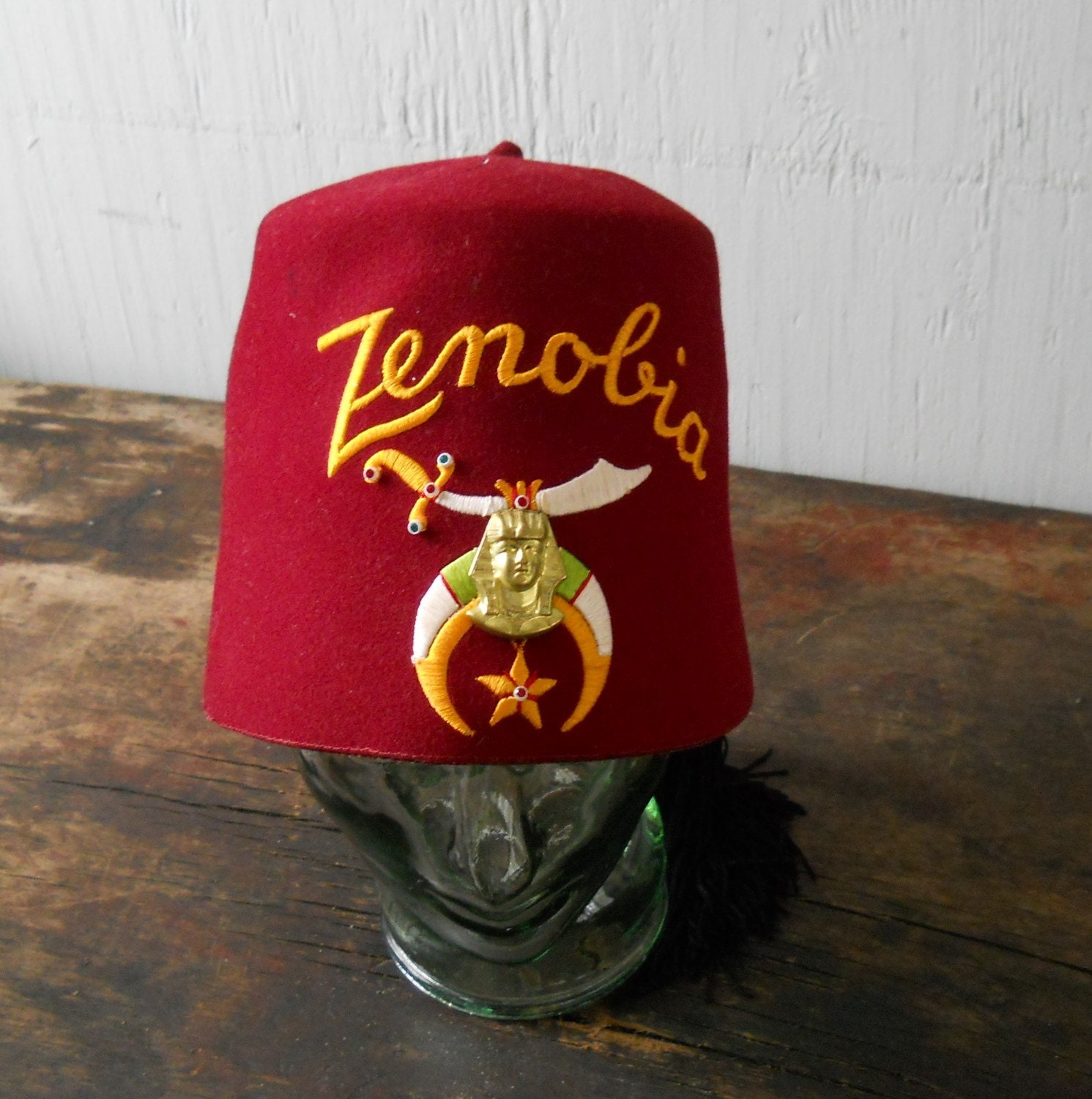
Montreal’s 85-year-old hospital, run in conjunction with McGill University, receives about $16 million a year and conducts 350 surgeries annually. The 22 Shriners-supported hospitals in North America, including one in Montreal, focus on treatment, care and research in the areas of pediatric orthopedics, burn injuries and spinal cord injuries.Ĭosts: Funding hospitals costs about $1 billion a year, much of that coming from Shriner endowments, dues and extensive fundraising efforts. The first patient treated is still alive and in her 90s. Their first, in Shreveport, La., focused on treating polio.
FEZ SHRINER FOR FREE
Hospitals for Children: Since 1922, Shriners have focused their philanthropy on building specialized hospitals and research centres for free pediatric care. Participation is popular Shriners are said to be the second-largest single purchaser of motorcycles in the world, next to police. This wacky fun is also intended as a recruiting and attention-grabbing tool. Tiny cars, clowns, motorbikes: Shriners can become a part of a various units that appear in parades: there are the clown units, the tiny car units, the minibike units and so on. Crossing the sands, which are not hot, is construed as an act of courage and test of faith. An initiation ritual called the “crossing of the burning sands” involves being blindfolded and told to cross over a stretch of hot burning sand. You can apply once you become a Master Mason and are interested in injecting a new level of fun and silliness in your life.

Initiation rituals: Shriners must first be Masons, part of a fraternity that claims roots in the stonemasons and craftsmen of the Middle Ages. It’s intended to pay homage to the organization’s early fascination with Near East culture, a running theme in the Shriners’ dress, initiation rituals and iconography. Here’s a look at some of what makes Shriners both quirky and charitable.įez: The rhombus-shaped, tasselled red hat named after a Moroccan city was adopted as the official headgear in 1872 and is the Shriners’ most distinctive feature. “But we are not doing it to particularly amuse ourselves, we’re doing it for the citizens of the Toronto.” “The parade and the fun that we’ll have, the thousands of people on the streets, it is always a thrill,” he says. On 28 February 2003 it was added to the Sam Waller Museum’s collection.The name may conjure an image of fez-wearing, tiny-car-driving, clown-parading men, but the boost to tourism revenue is no joke: The 136th annual convention of the fraternal organization, which begins Sunday, means a $4 million injection into a downtown that suffered a strong blow to its economy and morale during the G20 summit.īeyond the silly stunts and gimmicks, this not-so-secret society, which boasts 350,000 members worldwide (including 12 temples and 22,000 members in Canada) has a long history of supporting pediatric health care under the slogan: “Shriners, having fun and helping kids.”įor 71-year-old Barry McQuillin, Director General of the Shrine Imperial Session in Toronto, the convention will be a chance to boost the spirits of Toronto and raise the profile of the Shriners’ generous side. It was purchased by a member of The Pas Shrine Club and used for many years. This particular fez was produced by Dominion Regalia Ltd. The inside has a blue liner with a label of the owner’s details. On the right side there is a silver broach with a studded Arabic sword and a crescent below with a maple leaf in the centre. A long black tassel is attached from the top and hangs down the side. There is also a symbol of an Arabic Sword and an Egyptian crest with a silver star below it.

The beaded lettering on the front of this particular fez reads “KHARTUM THE PAS SHRINE CLUB”. Looking closely at a fez will reveal important information about its wearer, such as membership, special roles within the organisation and much more. Each member’s fez is decorated and designed by the member to show allegiance to their temple.

The fez is worn at Shriners’ functions, in parades and at outings to gain exposure for the fraternity. It also serves as a recognisible symbol of a Shriner’s membership in the fraternity, similar to the apron of the Masons. Named after the city of Fez, Morocco, the article represented the Arabian theme the founders of Shriners International founded their fraternity on.


 0 kommentar(er)
0 kommentar(er)
